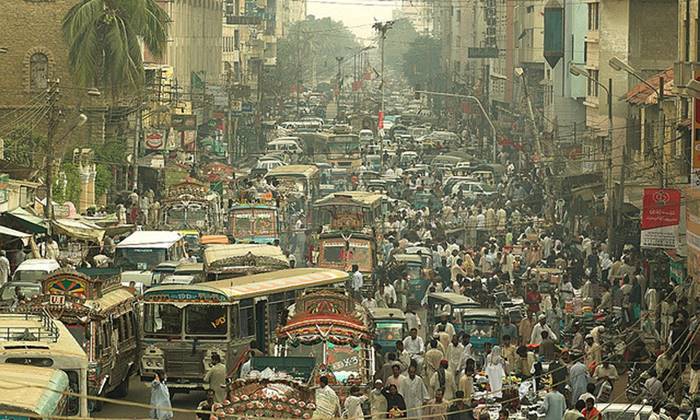Karachi is the largest city of Pakistan, with a population of over 24 million. The actual facts and figures were ignored in 2017 census.
The World Bank shared a report in which stated that The city needs Rs.100 billion per annum over 10 years to solve its issues. That would be a total Rs1 trillion. World Bank suggests increasing taxation and budgetary allocations to generate the amount.
However, Karachi has a highly complex political economy, highly centralized but fragmented governance, land contestation among many government entities, and weak institutional capacity have made it difficult to manage the city’s development. Karachi has also been beset with a worsening security situation for the past few decades, although recent improvements in the security environment have led to a reduction in violent crime.
Social exclusion of marginalized parts of the population is a challenge that requires immediate attention. These factors have resulted in the rapid decline of the city’s quality of life and economic competitiveness from its thriving status after the country’s independence.
The first part of this report provides a diagnosis of Karachi’s issues, structured around three pathways focused on key aspects of city management. Each chapter provides a rapid diagnostic of the issues and a list of possible actions that can be taken in the short and long terms.
World Bank Report on Karachi
Transforming Karachi into a livable and competitive megacity : a city diagnostic and transformation strategy (English)
Transforming Karachi into a livable and competitive megacity by Farhan Imaan on Scribd
Karachi needs Rs.100 billion per annum over 10 years to solve its issuesKarachi needs Rs1 trillion over 10 years to make it a worthwhile megacity.

The report says the city’s ineffective governance system and powerless institutions, at both provincial and local government levels, are hindering its progress. Broken roads and transport system are also obstacles. World Bank found a lack of coordination in Karachi’s administration.


















